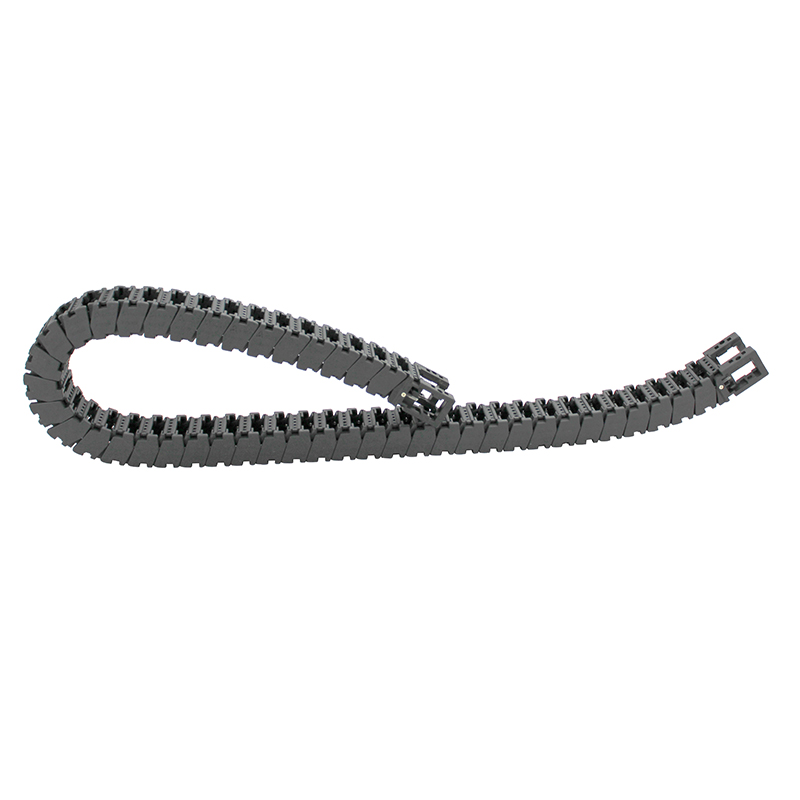metal corrugated conduit
The Versatility of Metal Corrugated Conduit A Comprehensive Overview
Metal corrugated conduit is rapidly gaining recognition in various industries due to its durability, flexibility, and ability to protect electrical wiring from environmental hazards. This article delves into the features, applications, benefits, and installation of metal corrugated conduits, showcasing why they are a preferred choice for many professionals.
What is Metal Corrugated Conduit?
Metal corrugated conduit is a type of protective tubing made from metal, typically steel or aluminum, that is shaped into a series of ridges or grooves, creating a flexible channel for electrical wires. The corrugated design allows the conduit to bend and move without losing its structural integrity, making it suitable for applications that require both protection and adaptability.
Features of Metal Corrugated Conduit
1. Durability One of the standout features of metal corrugated conduits is their exceptional durability. They are resistant to mechanical damage, making them ideal for use in environments where they are exposed to potential impacts or abrasions.
2. Flexibility Unlike rigid conduits, metal corrugated conduits can easily navigate corners and obstacles. This flexibility is particularly advantageous in tight spaces, allowing for easier routing of wiring.
3. Corrosion Resistance Many metal conduits are treated with coatings or made from materials that resist corrosion. This property is vital for installations in humid or corrosive environments, including outdoor settings.
4. Fire Resistance Metal conduits are non-combustible, providing an added layer of safety in the event of a fire. This characteristic is crucial for applications where fire safety regulations must be adhered to rigorously.
Applications of Metal Corrugated Conduit
Metal corrugated conduits are versatile and find applications across various industries. Some of the most common uses include
1. Industrial Settings Factories and manufacturing plants often use metal corrugated conduits to protect electrical wiring in machinery areas, where exposure to oils, chemicals, and physical stress is prevalent.
2. Commercial Buildings In commercial construction, these conduits are used to route electrical systems while ensuring safety and compliance with building codes.
4. Transportation In the transportation industry, these conduits are employed in vehicles and infrastructure, protecting wiring from vibrations, moisture, and debris.
metal corrugated conduit

5. Renewable Energy As renewable energy systems, such as solar and wind, continue to expand, metal corrugated conduits serve as crucial protection for wiring, ensuring operational efficiency and safety.
Benefits of Using Metal Corrugated Conduit
1. Cost-Effectiveness While the initial investment might be higher compared to other types of conduits, the long-term benefits, including reduced maintenance and replacement costs, make them a cost-effective choice.
2. Ease of Installation The flexibility of metal corrugated conduits allows for quicker and more straightforward installations, reducing labor costs and time.
3. Environmentally Friendly Many metal conduits are recyclable, contributing to sustainability efforts. Additionally, their long lifespan means fewer materials are needed over time, reducing waste.
4. Enhanced Safety The protective qualities of metal conduits help mitigate the risks associated with electrical fires, equipment damage, and electrocution, thereby enhancing workplace safety.
Installation Considerations
When installing metal corrugated conduits, a few key considerations should be taken into account
1. Bending Radius To maintain the integrity of the conduit, ensure that bends do not exceed the manufacturer’s recommended radius.
2. Sealing Proper sealing methods are essential in preventing moisture intrusion, particularly in outdoor applications.
3. Support and Stability Adequate support must be provided to uphold the conduit, preventing any sagging or excessive movement that could compromise the wiring within.
4. Compliance and Standards Always adhere to local regulations and industry standards during installation to ensure safety and legality.
Conclusion
Metal corrugated conduit stands out as a robust, flexible, and reliable solution for protecting electrical wiring across various applications. With its myriad benefits, including durability, ease of installation, and safety features, it is an ideal choice for industries ranging from manufacturing to telecommunications. As technology and infrastructure evolve, the importance of efficient and effective conduit systems will only continue to grow, making metal corrugated conduits an enduring asset for any operation.








